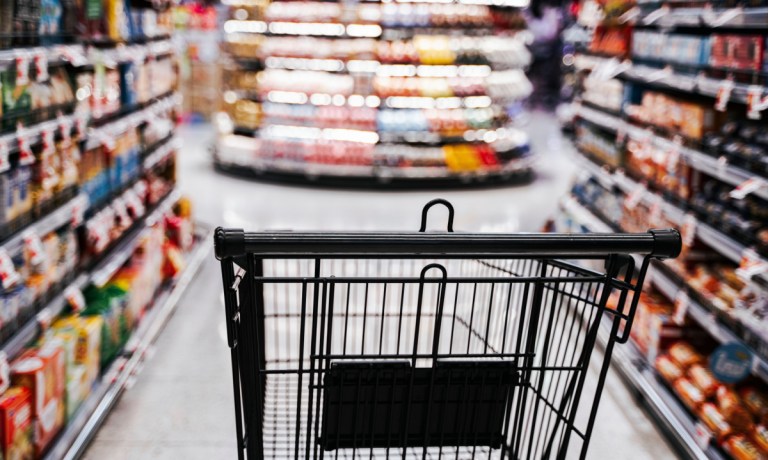But they’re reigning in their spending plans, too — a possible sign that they’re looking to rebuild savings. For merchants, the signs are decidedly mixed.
On Monday (Jan. 8), the Federal Reserve Bank of New York released its latest monthly survey of consumer expectations, covering everything from inflation to wage expectations.
And, as measured in December, expectations as to what inflation might look like over the short term and the longer term have improved a bit. For the one-year-ahead estimation, consumers expect inflation to come in at 2.6%, down from a previous reading of 3%.
For the five year timeframe, the same respondents said that price increases should slow to about 2.5%, where that figure had previously been 2.7%. Drilling down a bit, in the next 12 months, they think that food price inflation should slip to 5%, down 0.3%, and rent-related inflation should come in at 7.3%, down by 0.7%.
Tempered Expectations on Income Growth
But, we note that the expectations for growth in household income waned, as consumers surveyed by the Fed see income growing by 3%— only a bit above inflation overall, and less than the expectations of what food and shelter will cost. Perhaps it’s no surprise, then, that spending growth has declined by 0.2% to 5%. The Fed noted in its Monday data that the spending expectations are at the lowest level recorded since September of 2021.
Advertisement: Scroll to Continue
In the meantime, the Fed reported that the “average perceived probability of missing a minimum debt payment” over the next three months increased by 0.6% to 12.4%.
That’s a level that’s above the trailing 12 month average of 11.5%.
Triangulating the findings above offers up a study in contrasts: The general public sees pricing pressures abating somewhat, but perhaps not to the point where it’s enough to get them to spend more. Additionally, the fact that there’s a heightened probability of missing a debt payment may mean that households will want to allocate more funds to making timely credit card payments.
PYMNTS Intelligence found late last year that inflation’s taken a toll, with eight out of 10 consumers having depleted their savings to pay their bills.
And some 12% have spent more than what they earned through the previous six months, which covers a period before the holiday shopping season. The impact, per the Paycheck to Paycheck report data, has been most markedly pronounced for those earning between $50,000 to $100,000. Only 37% in the middle-income segment and 45% among high earners see their savings increasing over the near term.
Inflation’s headline numbers may be waning a bit according to the Fed, but there’s no certainty that consumers are going to compensate at the register — not when life’s essentials and debt payments pinch the household budget.

